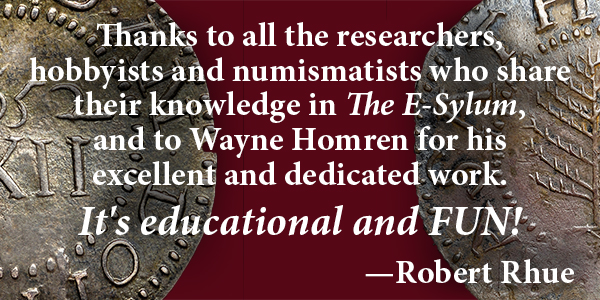
PREV ARTICLE
NEXT ARTICLE
FULL ISSUE
THE INIMITABLE NOTE COMPETITIONA Bank of England museum article by curator Jennifer Adam discusses the famous satirical money art of George Cruikshank and the ensuing ‘Inimitable Note competition' to make banknotes harder to counterfeit and less tempting to small-time criminals who were being caught and hanged in record numbers. -Editor At this time, the quality of banknotes was inconsistent. The Bank often re-engraved old, worn printing plates to produce the notes more quickly. More than 700,000 banknotes were issued in the month after the crisis. Forgers took advantage of people's unfamiliarity with the banknotes and the unreliable quality of notes, and the number of counterfeits surged. By law, the punishment for counterfeiting or trying to use forged banknotes could be death. Between 1797 and 1817, more than 300 people were sentenced to death for banknote counterfeiting offences. Sometimes, those caught with counterfeits were charged with the slightly less serious offence of ‘being in possession of forged Notes'. The penalty for this was transportation to penal colonies in Australia, rather than hanging. People felt that the Bank of England enforced harsh punishments, but also did not do enough to make its banknotes difficult to counterfeit. In 1819 George Cruikshank made a parody of a banknote which criticised the Bank's harsh policy of hanging or transporting convicted counterfeiters even though its notes were ‘easily imitated'. The ships represent the transportation of people who were caught with forged notes. The banknote is signed ‘Jack Ketch', which was a nickname for the hangman. From 1817, various committees were set up to research ways the Bank could make the design of its notes more secure. Many craftsmen competed to create designs that could not be copied and submitted them to the Bank of England for consideration. This became known as the ‘Inimitable Note competition'. To make sure the banknotes were difficult to copy, the Bank of England employed engravers to test the designs submitted to the Inimitable Note competition. The Bank reasoned that if they could make a good-quality copy of the design, so could counterfeiters. Eventually only one firm remained in the competition, Applegath & Cowper, who were producing notes printed in several colours and with very complicated geometric patterns. Yet despite this, the Bank's engravers were able to make almost indistinguishable copies. Plus, the designs were so complicated, they were difficult to read. So the Bank decided to retain its existing design, but it made one very important change – not to the design, but to the paper. Paper-maker William Brewer created a complex new watermark with waved horizontal and vertical lines. It was too complex and costly for most counterfeiters to attempt. The material the banknote was made of became – and remains – as important to the security of the note's design as anything that was printed on it.
To read the complete article, see:
Wayne Homren, Editor The Numismatic Bibliomania Society is a non-profit organization promoting numismatic literature. See our web site at coinbooks.org. To submit items for publication in The E-Sylum, write to the Editor at this address: whomren@gmail.com To subscribe go to: https://my.binhost.com/lists/listinfo/esylum All Rights Reserved. NBS Home Page Contact the NBS webmaster 
|



